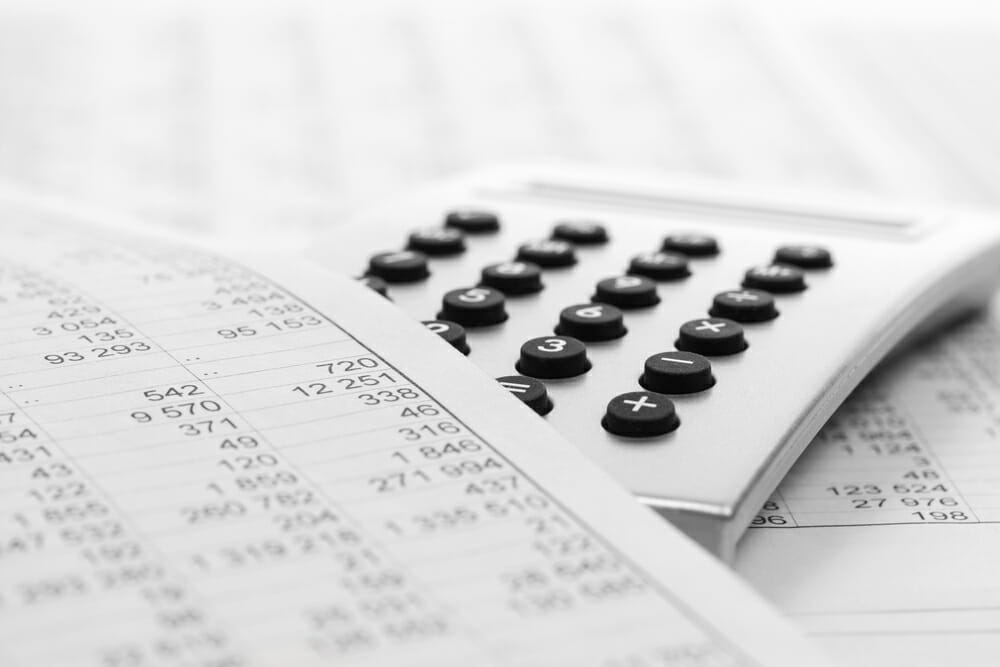The methodology of a lost profits calculation of damages in a breach of contract claim or intellectual property claim attempts to restore the injured party to their prior financial position. To prepare a calculation that is not viewed as speculative, evidence of loss must match the facts of the case and cannot be cherry-picked.
The calculation of lost profits is not straightforward.
An expert must consider all evidence in the record. An expert who blindly assumes all lost sales are attributable to the plaintiff, without considering other reasons the defendant could have made those sales (especially if evidence exists), is open to attack. Failure to consider sufficient relevant data (a term of art in the CPA’s standard of care) is a major reason why experts’ testimonies get excluded from cases.
We rely on the numbers and the story the numbers tell. We must use common sense and consider whether the damage methodology and assumptions align with the facts of the case. Critical questions to answer when computing lost profits damages include:
- Is there reasonable basis for the assumptions made?
- Has the expert considered all independent data and reconciled it with other evidence in the record?
Damages must be computed with reasonable certainty. The following steps are helpful.
- Determine what evidence is in the record and what is relevant for determining damages.The expert needs to be involved in the discovery process and ask for information needed. An attorney is helpful in identifying categories of documents. However, the expert must decide what is relevant for his or her analysis.There will be times when specific information is not available. In that case, the expert should determine if there is sufficient relevant data to determine damages with reasonable certainty.
- Use third-party, independent research to form the basis of opinions.This information can also be used to test the reasonableness of assumptions and data used.
- Step back and ask the questions:
- Does this make sense?
- Is this calculation logical?
- Do I have sufficient, relevant data to support my opinions?
- Have I considered other reasons that would cause the assumptions to fail; if so, have I reconciled it to the data?
Why could an expert’s opinion be excluded?
- The expert has failed to consider sufficient, relevant data in the record, or readily available.An expert witness who cherry picks data and ignores other data is open to challenges and likely to have the opinion excluded by the court. The expert witness should investigate and consider the evidence within the totality of the record.
- The expert has utilized methodology which is not accepted.The expert must demonstrate their methodology is reasonable and generally accepted in the professional community, and/or has been tested by other professionals.
Takeaway: No case is simple.
The calculation of damages based on a lost profits damage methodology is not straightforward. It is critical to find a professional who understands the pairing of the damage calculations with the evidence in the record and, more importantly, can tell the story.
Learn more about our litigation services here.

